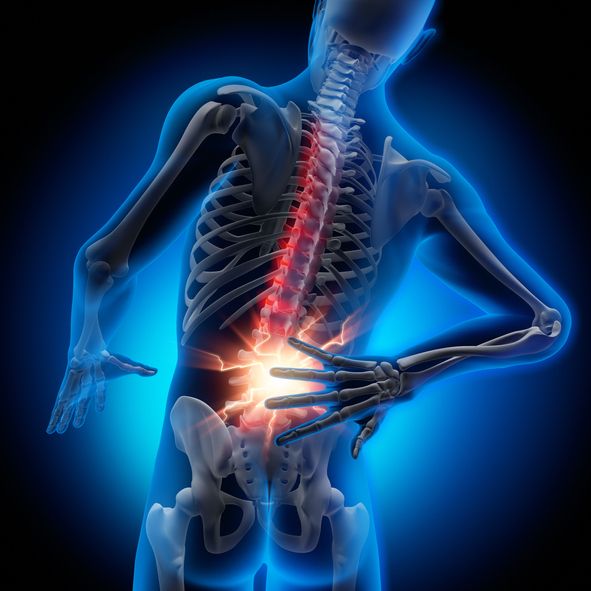The Must Know Details and Updates on panchakarma treatment
The Must Know Details and Updates on panchakarma treatment
Blog Article
Lower neck and back pain is something that a lot of us experience at some time in our lives, with up to 85% of grownups handling it. Whether it's a dull, nagging ache or a sharp, consistent pain, it can be exceptionally disruptive. The majority of the time, it stems from issues in the lower spine, tense muscles, and even neighboring organs. While standard treatments focus on managing symptoms, integrative methods like Ayurveda, Yoga, and Acupuncture dive deeper, attending to both the physical pain and the psychological toll that pain can handle us.
What Causes Lower Back Pain?
Lower back pain can come from a variety of sources, such as:
● Problems in the lumbar spine: Issues with the vertebrae or discs in the lower back.
● Muscle strain: Overworked or irritated muscles from poor posture, overexertion, or stress.
● Nerve compression: Commonly triggered by a herniated disc pressing on close-by nerves.
● Internal organ problems: Pain referred from organs in the pelvic or abdominal region.
If your pain is serious, remains in spite of rest, or includes symptoms like leg pain, pins and needles, weakness, or unexplained weight loss, it's important to see a doctor.
How Ayurveda Can Help
Ayurveda, with its holistic and time-tested solutions, uses natural options for dealing with lower neck and back pain. Here are some therapies that can help:
● Kati Basti: This involves using warm, medicated oil straight to the lower back. The heat and oil collaborate to relieve stiffness, promote blood circulation, and relieve pain.
● Elakizhi: Medicated natural leaves are used in a hot compress to relieve muscle stress and promote recovery.
● Panchakarma (Basti): This treatment uses a medicated enema to calm Vata dosha (one of the body's energy types). Vata imbalance is typically connected to neck and back pain, and Basti helps bring back balance, minimize inflammation, and prevent reoccurrence.
Acupuncture for Pain Relief
Acupuncture is another effective way to manage pain in the back. By inserting fine needles into particular points on the body, acupuncture:
● Stimulates the release of endorphins, the body's natural painkiller.
● Improves circulation and reduces swelling in the affected area.
● Works together with Ayurveda to provide a well-rounded and effective pain management option.
Yoga for Long-Term Relief
Yoga complements Ayurveda and Acupuncture, providing a method to manage pain daily. It assists by:
● Stretching and strengthening the muscles: Yoga postures can help improve versatility and ease tension in the back.
● Breathing workouts and meditation: These practices soothe the mind, reduce tension, and support your body's natural healing procedure.
While yoga alone might not entirely get rid of the underlying reasons for lower neck and back pain, it can significantly alleviate discomfort and aid maintain a healthy, pain-free back with time.
A Holistic Approach for Lasting Relief
By combining Ayurveda, Yoga, and Acupuncture, you're not simply treating the signs-- you're dealing with the origin of lower neck and back pain. These treatments collaborate to stabilize the body and mind, using a more natural and extensive option to pain ayurvedic treatment for pcos relief. With this integrative approach, you can discover not only physical relief however also a greater sense of wellness and balance in your life.
If you're searching for a long-lasting, holistic way to handle your lower pain in the back, these therapies could be the response.